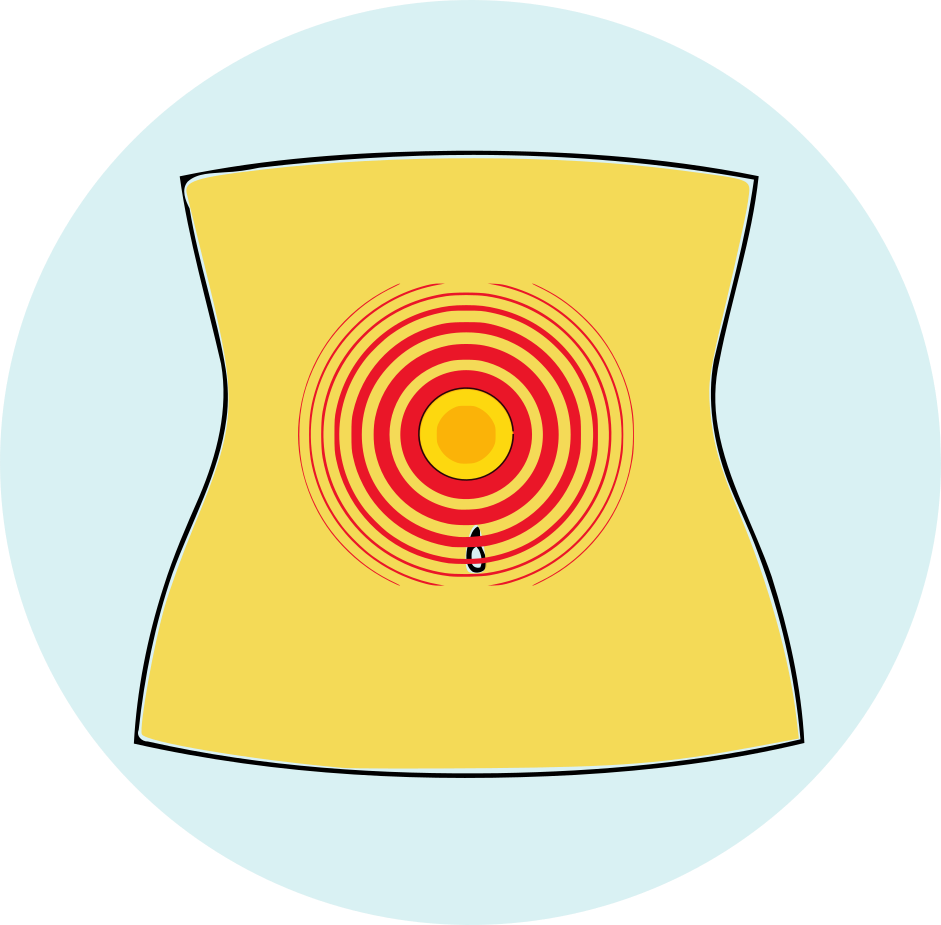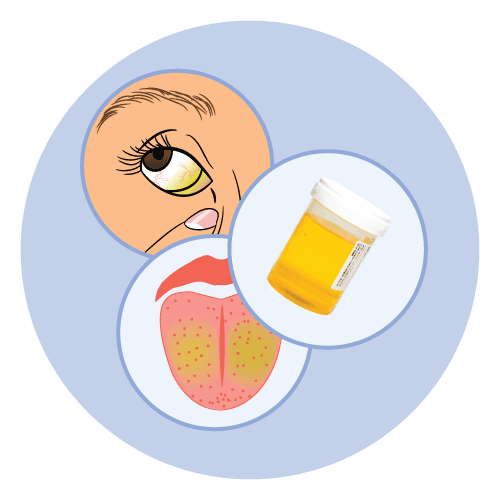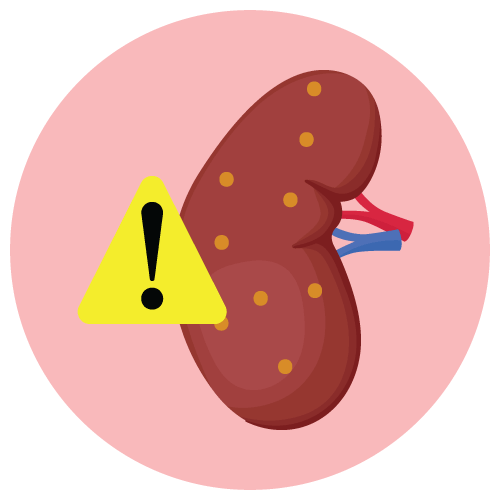| Name | Capecitabine |
| Classes |
Anticancer/Antineoplastic Agent Antimetabolites |
| Diseases |
Breast Cancer Cancer Colon Cancer Colorectal Cancer |
Capecitabine
Capecitabine is an antineoplastic agent from the class called the antimetabolites. In vivo, enzymes convert capecitabine to 5-fluorouracil (5-FU). 5-FU is metabolized by both normal and tumor cells to 5-fluoro-2'-deoxyuridine monophosphate (FdUMP) and 5-fluouridine triphosphate (FUTP). These metabolites harm cells through two distinct mechanisms which ultimately inhibits the production of thymidylate, RNA & proteins.
Capecitabine is a nucleoside metabolic inhibitor with antineoplastic activity indicated for:
Adjuvant Colon Cancer
- Patients with Dukes’ C colon cancer
Metastatic Colorectal Cancer
- First-line as monotherapy when treatment with fluoropyrimidine therapy alone is preferred
Metastatic Breast Cancer
- In combination with docetaxel after failure of prior anthracycline containing therapy
- As monotherapy in patients resistant to both paclitaxel and an anthracycline-containing regimen
- Take Capecitabine with water within 30 min after a meal
- Monotherapy: 1250 mg/m2 twice daily orally for 2 weeks followed by a one week rest period in 3-week cycles
- Adjuvant treatment is recommended for a total of 6 months (8 cycles)
- In combination with docetaxel, the recommended dose of Capecitabine is 1250 mg/m2 twice daily for 2 weeks followed by a 7-day rest period, combined with docetaxel at 75 mg/m2 as a 1-hour IV infusion every 3 weeks
- Capecitabine dosage may need to be individualized to optimize patient management
- Reduce the dose of Capecitabine by 25% in patients with moderate renal impairment
- Coagulopathy: May result in bleeding, death. Monitor anticoagulant response (e.g., INR) and adjust anticoagulant dose accordingly.
- Cardiotoxicity: Common in patients with a prior history of coronary artery disease.
- Diarrhea: May be severe. Interrupt Capeciabine treatment immediately until diarrhea resolves or decreases to grade 1. Recommend standard antidiarrheal treatments.
- Increased Risk of Severe or Fatal Adverse Reactions in Patients with Lo w or Absent Dihydropyrimidine Dehydrogenase (DPD) Activity: Withhold or permanently discontinue Capeciabine in patients with evidence of acute early-onset or unusually severe toxicity, which may indicate near complete or total absence of DPD activity. No Capeciabine dose has been proven safe in patients with absent DPD activity.
- Dehydration and Renal Failure: Interrupt Capeciabine treatment until dehydration is corrected. Potential risk of acute renal failure secondary to dehydration. Monitor and correct dehydration.
- Pregnancy: Can cause fetal harm. Advise women of the potential risk to the fetus.
- Mucocutaneous and Dermatologic Toxicity: Severe mucocutaneous reactions, Steven-Johnson Syndrome (SJS) and Toxic Epidermal Necrolysis (TEN), have been reported. Capeciabine should be permanently discontinued in patients who experience a severe mucocutaneous reaction during treatment. Capeciabine may induce hand-and-foot syndrome. Interrupt Capeciabine treatment until the hand-and-foot syndrome event resolves or decreases in intensity.
- Hyperbilirubinemia: Interrupt Capeciabine treatment immediately until the hyperbilirubinemia resolves or decreases in intensity.
- Hematologic: Do not treat patients with neutrophil counts <1.5 x 109/L or thrombocyte counts <100 x 109/L. If grade 3-4 neutropenia or thrombocytopenia occurs, stop therapy until condition resolves.
Contraindication
Contraindicated in patients with hypersensitivity to capecitabine.
None known.
Contraindicated in patients with severe Renal Impairment.
 Bangla
Bangla English
English





